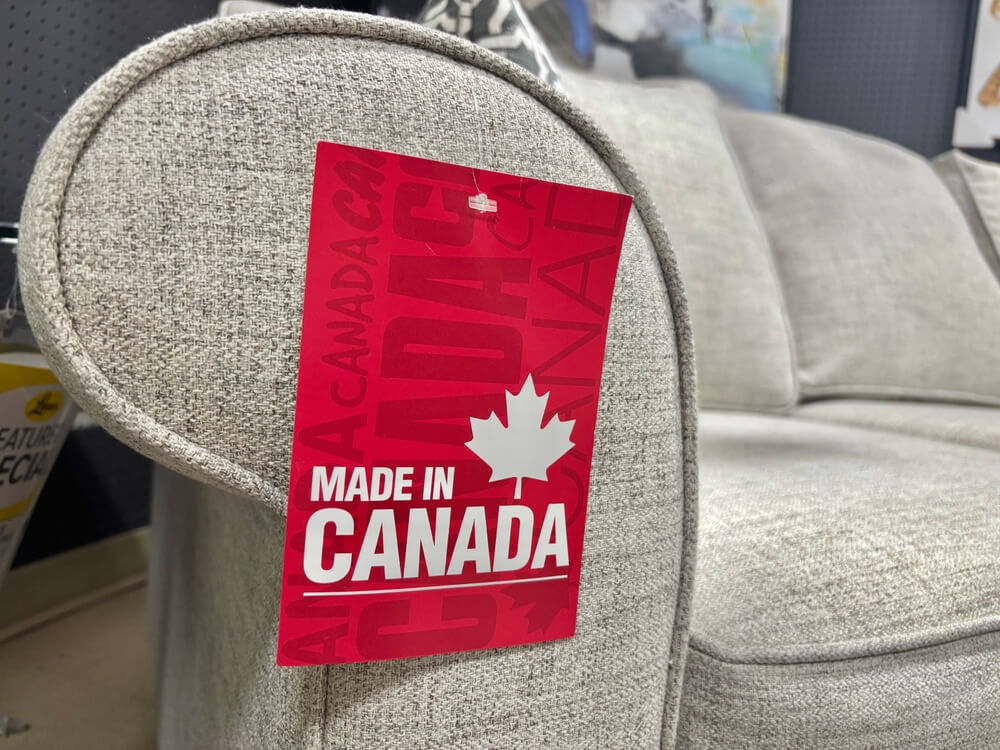
If you are not redirected within 30 seconds, please click here to continue.
Samedi: 10h – 16h HAE

If you are not redirected within 30 seconds, please click here to continue.
If you are not redirected within 30 seconds, please click here to continue.
Do I Need a U.S. Dollar Bank Account?

With the Canadian dollar hovering around $0.78 U.S., those who travel frequently to the U.S. (or just about every other country that accepts U.S. dollars over Canadian) are likely taking a financial hit with every purchase. If the cost of exchanging money back and forth between currencies is putting a damper on your spending power, you may have considered getting a U.S. dollar account.
One of the biggest benefits to having a U.S. account is probably having the option to exchange money when the rates are good and hold onto those funds for when you need them. Ultimately, you'll decrease your conversion fees and gain greater flexibility when spending money in the U.S.
However, there are a few different types of U.S. accounts, each with its own pros and cons. Here are four types of accounts you may consider opening:
A U.S. dollar chequing or savings account at a Canadian bank
You can easily set up a U.S. chequing or savings account at just about any Canadian bank. With this type of account, you can easily store and access your U.S. funds when you need them. And depending on the bank and how much money you keep in the account, you may even be able to get the monthly account fee waived (usually ranging between $1 and $10).
By doing so, you won't have to ever worry about converting funds at the last minute and being at the whim of whatever that day’s conversion rate happens to be. U.S. bank accounts also make it easier to pay off a U.S. credit card. If you have a U.S. credit card and do a lot of cross-border or online shopping, you likely got that card in order to avoid exchange fees (or maybe Macy's was offering a 30% off discount if you signed up for a card). But if you use Canadian dollars to pay off your U.S. card, your savings are often lost since you’re charged for conversion when you make payment.
Furthermore, if you receive payment in American cheques (you're a freelancer or you have an online business with U.S. customers, for example), you can deposit the money directly into your account without having to convert it to Canadian dollars and possibly losing out with the bank's conversion rate. Just note that if the cheques are coming from accounts in the U.S., most banks will place a two-to-four week-long hold before releasing the funds to your account.
A U.S. dollar chequing or savings account at a U.S. bank
If you own property in the U.S. and need to make bill payments and pay taxes on your U.S. property, you may want to open a bank account at an actual U.S. bank.
While you can go across the border and open one at a U.S. bank, the easiest way to get one would be to go to a Canadian bank that offers personal banking in the U.S., like RBC or TD. Not all of the big banks have this option though, so its best to do your research, beforehand.
Also, if you receive U.S. funds via Paypal for any reason, you can transfer them to your account without having to convert them. If you transfer them to any Canadian account, Paypal automatically converts the funds to Canadian dollars, and once again, you may lose out on some of your funds in the process depending on the conversion rate.
A U.S. dollar investment account
If you have U.S. securities in a registered or unregistered investment account, you’re better off holding them in a U.S. account rather than a Canadian account.
You can get a U.S. dollar TFSA, RRSP, or unregistered investment account, so when you sell your U.S. securities, they aren’t converted immediately or put into a U.S. money market fund (a tactic some brokerages use to save you money on currency conversion). A much simpler and smarter option is just to have your U.S. investments in U.S. accounts since you’ll avoid all fees and conversions.
A U.S. dollar credit card account
If you make a lot of purchases in U.S. dollars, you should definitely consider getting a U.S. credit card. A U.S. credit card will save you a significant amount of money since credit card companies charge a mark-up on their conversions. Most banks offer U.S. dollar credit cards, although most will likely have an annual fee.
Want a Canadian option that allows you to skip on those pesky foreign exchange fees? A forex-fee-less card is pretty rare in the Canadian market. However, the popular Scotiabank Passport® Visa Infinite* Card offers no foreign exchange fees on international purchases. The card has a $139 annual fee, but cardholders get a bonus 25,000 Scotia Rewards points once they spend at least $1,000 in net purchases (purchases less returns, refunds or other similar credits) in the first three months from the date the account was opened. That’s worth $250! - This post has been updated.
Get money-saving tips in your inbox.
Stay on top of personal finance tips from our money experts!










